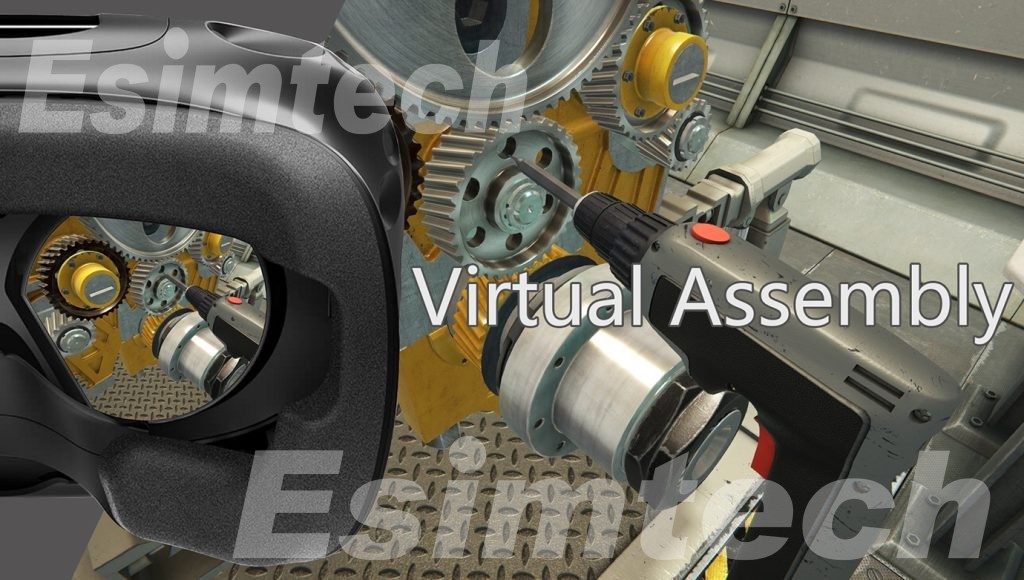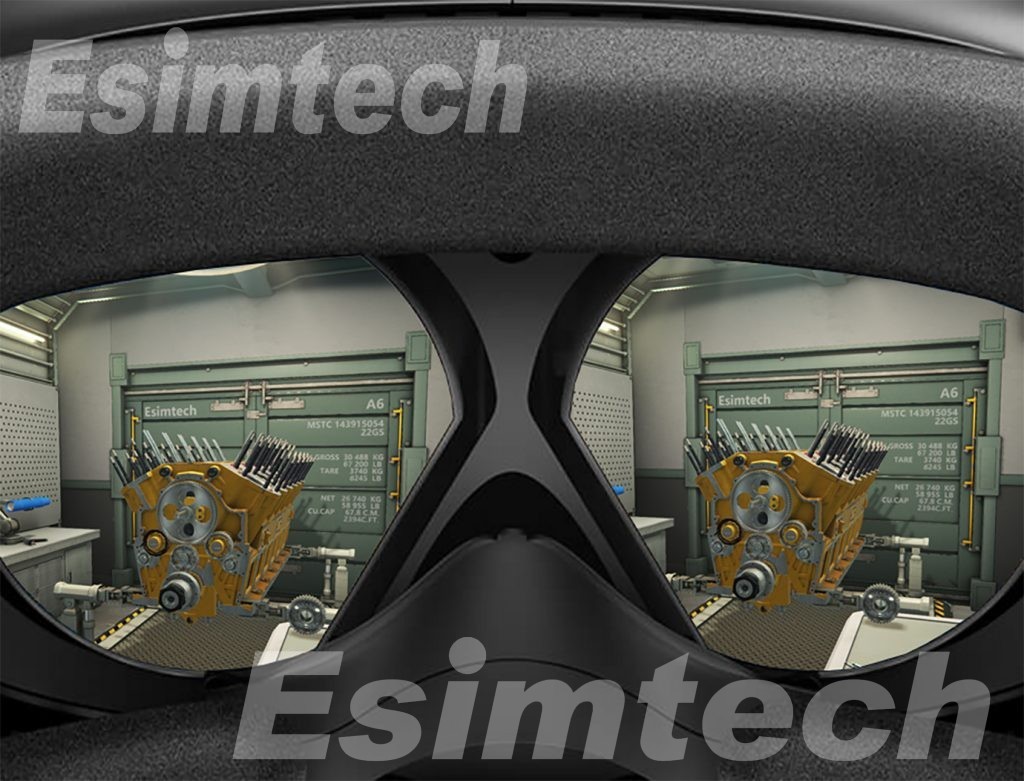What is Device Virtual Assembly Simulator(DVAS)
The device virtual assembly simulator (DVAS) is a sophisticated VR application in the manufacturing business. This cutting-edge technology enables producers to virtually replicate and perfect assembly processes, resulting in increased efficiency, lower costs, and higher product quality. In this article, we will explore the concept of device virtual assembly simulator (DVAS), its importance, how does a DVAS work, advantages and its impact on the manufacturing industry.
Why Device Virtual Assembly Simulator(DVAS) is Important for Manufacturing Industry
The device virtual assembly simulator is a computer-based system that replicates assembly operations using virtual reality and simulation technology. Manufacturers can use it to develop virtual prototypes of equipment or goods and replicate their assembly, disassembly, and maintenance procedures. Users can interact with virtual items with the use of specialized VR gear like as headsets and motion controllers, creating a realistic and immersive experience.

How Device Virtual Assembly Simulator(DVAS) Works
Device virtual assembly simulator(DVAS) combines multiple technologies to provide a unified virtual assembly experience.
3D Modeling: Manufacturers begin the process by developing 3D models of their equipment or products utilizing computer-aided design (CAD) software. These digital models form the basis of the virtual assembly simulation.
Physics Simulation: Device virtual assembly simulator(DVAS) uses physics-based techniques to simulate the physical behavior of items in a virtual environment. Gravity, collisions, and interlocking systems are examples of such factors. The physics simulation ensures that the assembling process is realistic and correct.
Virtual Environment: Device virtual assembly simulator creates the actual manufacturing facilities in a virtual environment. This environment contains workstations, tools, and other components required for the assembly process. Users can navigate and interact within this virtual space using specialized VR devices such as headsets and motion controller.
Assembly Process: By engaging with the virtual components using motion controllers, manufacturers can virtually assemble the equipment or product. The system tracks the user’s movements and gestures, allowing them to handle and arrange virtual objects as if they were assembling them physically. This connection creates a realistic and immersive environment.
Real-time Feedback: The device virtual assembly simulator provides real-time feedback on the assembly process as users interact with the virtual components. It may contain visual indicators, tactile feedback, or audio signals to guide users and ensure proper assembly methods are followed. This feedback assists users in analyzing and fine-tuning their assembly procedures, thereby boosting their abilities and efficiency.
Disassembly and Maintenance: In addition to assembly, DVAS supports virtual disassembly and maintenance activities in addition to assembly. Users can practice and learn how to properly disassemble, maintain, and reassemble the equipment. This feature aids with skill development and training by allowing users to obtain hands-on experience without the risk of destroying actual objects or equipment.
Iterative Refinement: Manufacturers can iterate and refine the assembly process in a virtual environment using a device virtual assembly simulator. They can discover and correct any problems or inefficiencies early in the process, optimizing the assembly process before going to actual manufacturing. This repeated refining saves time, decreases costs, and enhances overall product quality.

Benefits of Device Virtual Assembly Simulator(DVAS)
Improving Efficiency: Device virtual assembly simulator(DVAS) eliminates the requirement for physical prototypes and reduces the necessity for trial-and-error assembly. Manufacturers can identify and correct problems early in the design process, which streamlines the assembly process and reduces time-to-market.
Cost Reduction:Traditional assembly methods can include costly physical prototypes, material waste, and rework. Manufacturers can dramatically minimize these costs by using DVAS, which can detect and rectify possible errors online, reducing the need for physical iterations.
Enhancing Product Quality: The device virtual assembly simulator allows manufacturers to thoroughly evaluate the assembly process, ensuring that all components fit together exactly and perform as intended. This results in improved product quality and customer happiness.
Training and Skill Development: Device virtual assembly simulator provides a safe and regulated environment for training assembly line workers. New personnel can learn and practice assembly techniques without risking physical damage to products or equipment. The system also facilitates skill development and evaluation, allowing for continual staff improvement.
Design Optimization: Manufacturers can use virtual assembly simulation to detect design defects or inefficiencies that may affect the assembly process. Designers can optimize product design by addressing these difficulties early on, resulting in improved manufacturability and lower production costs.
Data Analytics: During the virtual assembly process, the device virtual assembly simulator (DVAS) can record and analyze valuable data. Manufacturers can use this data to improve overall production processes by gaining insights into productivity, identifying bottlenecks, and optimizing assembly line layouts.
Future Implications and Challenges of Device Virtual Assembly Simulator(DVAS)
The device virtual assembly simulator has enormous potential for the future of manufacturing. The simulation experience will grow more realistic as VR technology progresses, delivering an exact portrayal of the assembly process. Furthermore, the incorporation of artificial intelligence and machine learning algorithms may allow the system to provide intelligent suggestions and automate repetitive processes.
However, there are a few issues that must be solved. For some firms, the initial setup cost of introducing DVAS may be exorbitant. Furthermore, maintaining the correctness and integrity of the virtual simulation in comparison to real-world assembly processes continues to be a difficulty. Overcoming these challenges will necessitate cooperation among technology developers, manufacturers, and researchers.
Summary
The Device virtual assembly simulator(DVAS) is a key innovation in the manufacturing industry that makes use of virtual reality and simulation technology. Device virtual assembly simulator improves efficiency, lowering costs, and improving product quality by allowing producers to virtually construct, disassemble, and service items. As technology advances, it will play a critical role in creating the future of manufacturing, enabling companies to streamline processes, efficiently train their workers, and achieve higher levels of efficiency and competitiveness.
